By Sam McGowan
When the United States Army first developed an interest in aviation and purchased its first airplane from the Wright Company in 1909, it and the pilots and mechanics who flew and serviced it were assigned to the Signal Corps, a specialty corps that had been established prior to the Civil War to develop visual signals, then later to develop and service telegraph lines.
In 1907, before the War Department purchased its first airplane, the Aeronautical Division of the Signal Corps was set up; seven years later the Army established the Aviation Section, Signal Corps as the organization responsible for aviation. After the U.S. entered World War I, President Woodrow Wilson appointed Major General William L. Kenly as Director of Military Aeronautics by executive order and removed aviation from the Signal Corps.
Shortly after Kenly’s office was established, the aviation organization was officially recognized as the Army Air Service. By that time, American airmen were already in Europe. When General John J. Pershing went to France to command the American Expeditionary Forces, an air service was included. The AEF Air Service was commanded by the Army’s first pilot, Brigadier General Benjamin Foulois, but his tenure didn’t last long. Pershing was not satisfied with the way the service was performing, so he replaced him with Brigadier General Mason M. Patrick, an engineer.
Even though he was not its commander, the driving force behind the AEF Air Service was Brigadier General William “Billy” Mitchell, who had gone to Spain in 1917 as a military observer then moved to France to join Pershing’s staff as aviation officer. Mitchell spent time with British Royal Flying Corps commander Major General Hugh M. Trenchard and came away impressed. U.S. Army aviators began using the term “air force,” and it soon entered the U.S. military vernacular. By the 1930s, “air force” was commonly used to describe aviation units.
World War I ended with the Air Service occupying a prominent place in the minds of citizens who had read of the exploits of pilots such as Eddie Rickenbacker and Frank Luke, but the place of aviation was far from prominent within the Army itself. There was no separate budget for aviation and no representation at the staff level for aviators. Aviation units were subordinate to ground army commanders and staff. The aviators’ case was not helped by Congressional action decreasing the War Department budget.
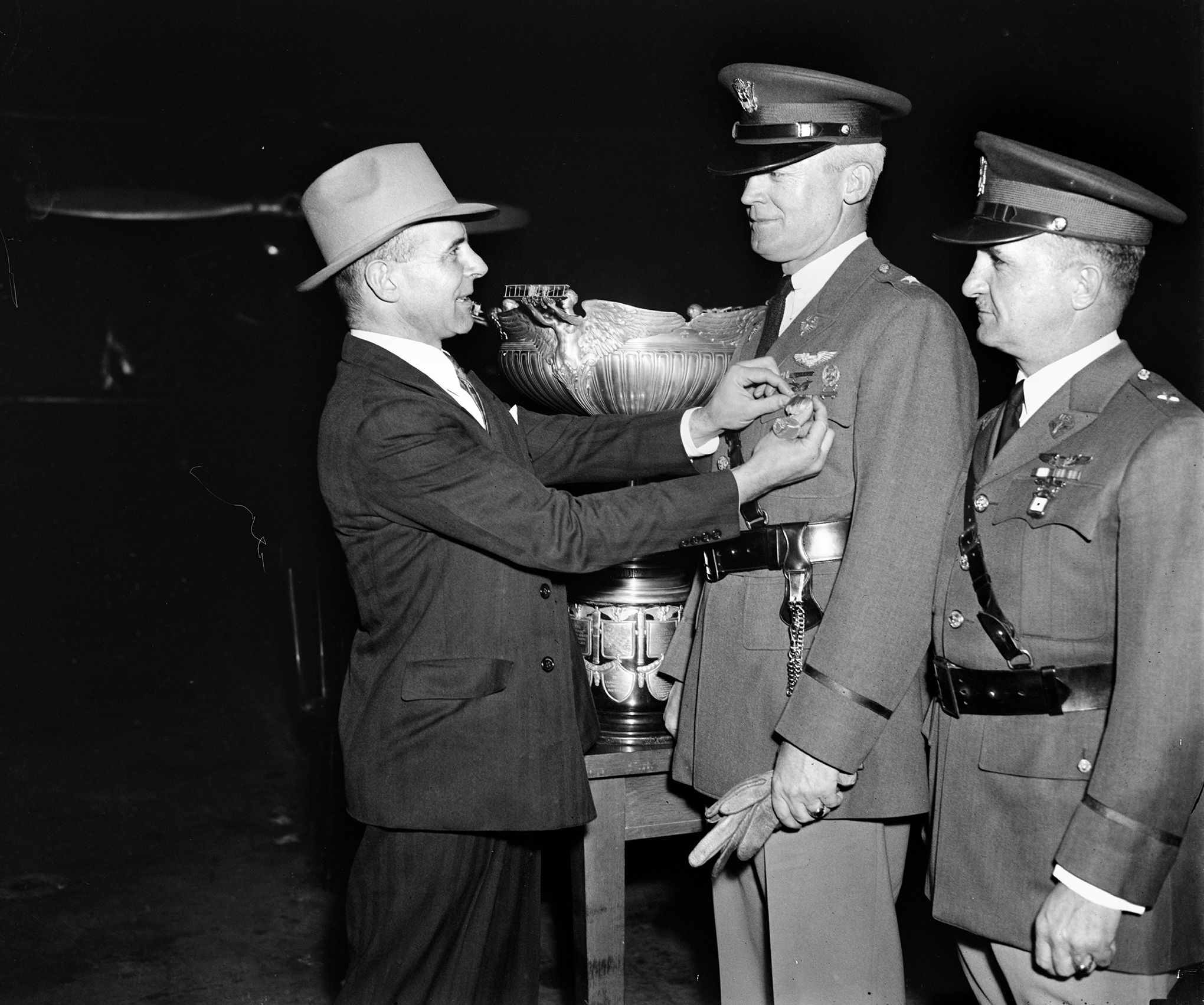
Dissension ran through the ranks of the Air Service, caused largely by the treatment of the young aviators at the hands of other Army officers. Pilots were given later dates of rank than ground officers who entered the army at the same time due to the length of their training and subsequent commissioning. To senior officers who thought only in terms of fighting ground and sea battles, airplanes were merely weapons that could be developed by the Army and Navy and used by the respective service to support its armies or fleets.
Dozens of plans were developed and submitted to the War Department and through other channels for reorganization, but the most radical was to establish a department similar to the British model, with a cabinet level air agency on a par with the War and Navy Departments. An alternative plan called for the establishment of a single Department of National Defense to coordinate Army, Navy, and Air departments. A fourth alternative was to establish an air force under the Army General Headquarters to which all air units, other than those providing services to ground forces, would be assigned in time of war. Several boards were appointed to study the matter. A group of men appointed by Secretary of War Newton Baker went to Europe to study European air forces and came back to present a unanimous endorsement of complete separation of the Air Service from the Army.
Baker ignored it. He instead supported proposals made by the Army General Staff and, in June 1920, the War Department officially recognized the Air Service as a combat arm. Yet, the Air Service still lacked autonomy and had no direct line to the chief of staff.
The next six years were tumultuous, thanks largely to Billy Mitchell, who began a writing and speaking campaign promoting a separate air force and attacking the Army and Navy establishments as stodgy and lacking military foresight. He was charged with insubordination and faced court martial.
Mitchell’s court martial commenced in October 1925 and continued to December 17. Although the vote by secret ballot, Mitchell had a friend on the court who voted for his acquittal. Major General Douglas MacArthur was a childhood friend of Mitchell’s. Their fathers were veterans of the same Civil War regiment. Unlike most of the board, the younger MacArthur was receptive to many of Mitchell’s ideas. Nine years later he would establish the first combat air arm in Army history.
Prompted by public opinion voiced during Mitchell’s court martial, Congress passed the Air Corps Act in 1926, which sounds like a major step but was merely a renaming of the Air Service as far as policy was concerned. Many Congressmen realized the law was inadequate, and no less than 12 bills were presented to establish a department of aeronautics and 17 to combine the War and Navy Departments into a single department of defense. None passed.
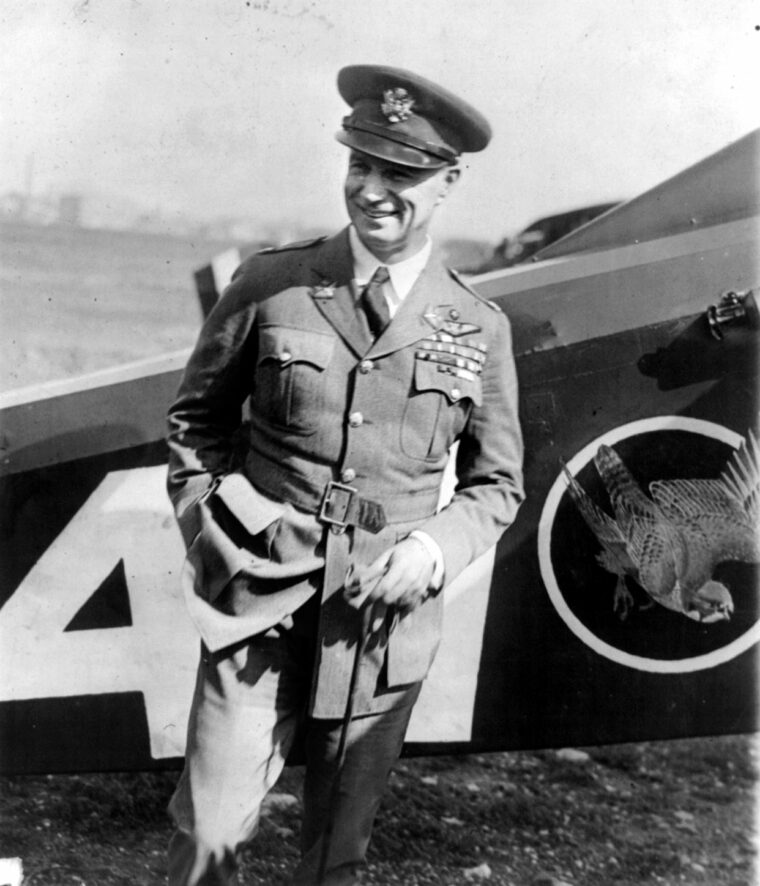
By 1933, many air officers began seeking a less ambitious means of gaining autonomy for Air Corps combat units. One of those officers was Lieutenant Colonel Frank M. Andrews. That year, an Army board headed by Major General Hugh A. Drum recommended the establishment of an air force of 1,800 combat airplanes under the Army General Headquarters. When no action was taken, Andrews took matters into his own hands. His close friend, Lieutenant Colonel Walter Weaver, was director of information on the Air Corps staff, and through him Andrews became a confidante of South Carolina Congressman John J. McSwain, the chairman of the House Armed Services Committee. McSwain introduced a new bill to establish a separate air force knowing it wouldn’t pass, but would call attention to the airmen’s ideas.
In early 1934, President Franklin D. Roosevelt ordered the Air Corps to start carrying the mail, a decision that turned out to be a major mistake. It did, however, focus attention on the Air Corps, and former Secretary of War Baker was appointed to head a board to investigate the Air Corps and Army aviation in general. The Baker Board recommended the establishment of an air force as part of the Army General Headquarters (GHQ).
The decision was not unanimous—civilian James H. Doolittle of Shell Oil recommended complete separation of the air force from the Army. At the time, the GHQ only existed on paper as an organization that would activate in time of war. The proposed GHQ Air Force would serve as a command unit for all combat air units directly under the Chief of Staff, then report to the GHQ whenever it activated.
Before the Baker Board made their decision, Andrews was ordered to report to Washington to chair a committee to make recommendations “to make the Air Corps more mobile.” Serving with him were Lieutenant Colonel Horace Hickam, Majors Carl Spaatz and Hugh Knerr, and Captain George C. Kenney. Hickam would die in an aircraft accident at Galveston, Texas, later that year but the others all went on to make their mark in World War II. Spaatz and Kenney would become theater air commanders, and Knerr would serve on the Eighth Air Force and Strategic Air Forces in Europe staffs. Andrews died in an aircraft accident in May 1943.
On March 1, 1935, the new GHQ Air Force activated, and MacArthur, who was in his final year as chief of staff, appointed Andrews to command it, jumping him two ranks to brigadier general in the process. Kenney, Knerr, and Spaatz were on his staff. Although the GHQ Air Force was technically under the Chief of the Air Corps, Andrews reported directly to the Chief of Staff separately from the Air Corps commander, Major General Oscar Westover.
The GHQ Air Force gave legitimacy to the name “Air Force” but the term had been in common use in the Army since the Great War. While the GHQ Air Force was not autonomous, it did give airmen a voice in the development of air power doctrine. Instead of answering to Army ground commanders, combat unit commanders answered directly to Andrews through the three wing commanders. While Westover was responsible for the training of individuals, responsibility for combat unit training fell under Andrews, along with organization and operations.
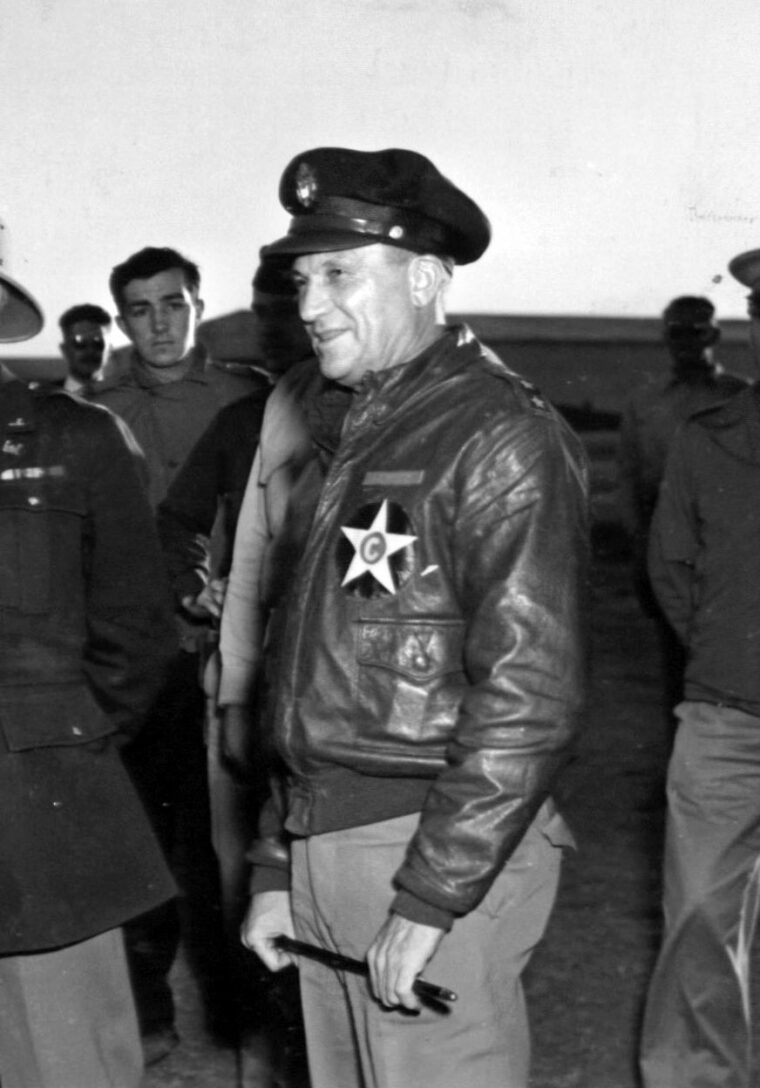
After Boeing’s new B-17 was presented to the Army in 1935, Andrews wanted to equip all Air Force bombardment squadrons with four-engine bombers. He wanted 98 B-17s, enough to equip a full group on each coast. He got 13. The cost-conscious Chief of Staff, General Marlin Craig, saw no need for four-engine aircraft, which cost more to buy and were more expensive to operate. Westover sided with Craig in advocating the purchase of twin-engine B-18s instead.
The Navy was opposed to Andrews’ recommendations as well. Although MacArthur had worked out an arrangement with the Navy giving the Army responsibility for coastal defense, the Navy saw offshore air operations as an encroachment on its responsibilities.
Westover was killed in an aircraft accident in September 1938 and his assistant chief of staff, Brigadier General Henry H. Arnold, took his place and immediately began lobbying to have the GHQ Air Force under his command. Craig initially offered the position to Andrews, but with a provision—he would have to drop his advocacy of the B-17. Andrews refused and was banished to San Antonio and demoted to his permanent rank of colonel. Craig and Secretary of War Henry Woodring expected him to retire, but their plan backfired. While serving as Air Force chief, Andrews had become a close friend and associate of Deputy Chief of Staff Brigadier General George C. Marshall.
Andrews took Marshall, then head of the War Plans Committee, on a nine-day tour of Air Force facilities. During the tour, he was candid with Marshall about the dismal state of U.S. Army aviation and especially the need for four-engine bombers. Marshall came away from the trip with an appreciation Andrews and the military possibilities of air power.
On July 1, 1939, Marshall became Acting Chief of Staff, and his first action was to bring Andrews back to Washington to serve as his Assistant Chief of Staff for Training and Operations (G-3) with a permanent promotion to brigadier general. Woodring was incensed, but Marshall told him that unless the decision was approved he would resign. Woodring caved. Andrews’ new position as G-3 gave airmen a greater status than the creation of the GHQ AF had. For the first time, an airman was in a position to determine Army doctrine. Marshall was receptive to their ideas and became aggressive in his own advocacy of air power.
Rising tension in Europe led the United States to consider plans for national defense. In December 1940, Andrews arrived in the Canal Zone to organize an air force. With Marshall’s approval, Andrews organized the first “theater air force,” an organization consisting of bomber and interceptor commands, the concept under which later theater air forces were organized. After the White House began beefing up strength in the Philippines, the Far East Air Force was activated under the command of Maj. General Lewis H. Brereton. Other theater air forces would follow.
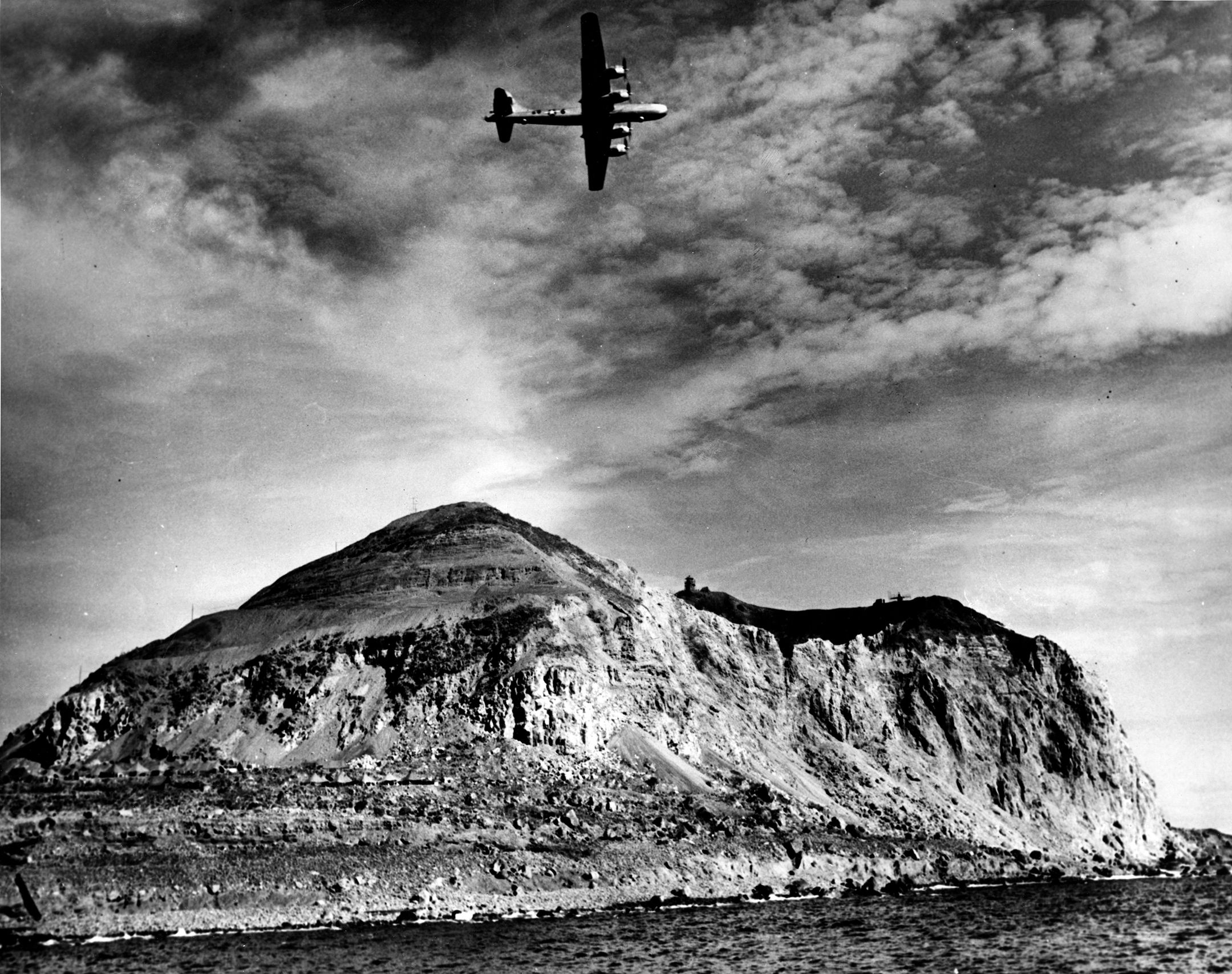
In October 1940, Arnold proposed a complete reorganization of the War Department, eliminating the GHQ and replacing it with separate departments for ground, air, and service, each reporting directly to the Chief of Staff. It was opposed by the ground members of the Army Staff, who pointed to recent German successes in France where the Luftwaffe supported rapid ground advances. Instead of concurring with Arnold’s proposal, the Deputy Chief of Staff recommended that the GHQ Air Force be removed from the Office of the Chief of Staff of the Air Corps and placed directly under the GHQ. Arnold was appointed as Deputy Chief of Staff for Air effective October 30. However, three weeks later the GHQ Air Force was placed under the GHQ. In the reorganization, four national air defense districts were established within the Army’s national defense areas.
Two years earlier, Roosevelt had switched his views on air power and called for increased aircraft production. Although most was intended for sale overseas, an expansion of the Air Corps was inevitable. Congress authorized an expansion of the air arm to 54 groups. New wings would be needed to control them.
The increasing size of the air force under the existing arrangement had created an unwieldy organization. In March 1941, Air Corps Chief Major General George Brett advised Marshall of the difficulties he faced when trying to get the General Staff to act on air matters. Marshall conferred with Secretary of War Henry L. Stimson on March 26-27 and they both came away convinced that something had to be done. Stimson directed that Army air elements be placed under a single commander, and Marshall issued a directive that all air matters would be coordinated by Arnold.
When Congress authorized the Air Corps in 1926, an assistant secretary for air was authorized but the position had never been filled. In November 1940, Secretary Stimson brought Robert Lovett, a highly decorated naval aviator, into his office to serve as a civilian advisor on aviation. The War Department contended that the war in Europe demonstrated that a separate air force was not needed, but Lovett’s views were horizontally opposed to those of other civilian staff members. On March 10, Lovett told Stimson that the airplane was a revolutionary weapon and that it demanded “a tight-knit, flexible organization as modern as the weapon itself.” Marshall’s encounter with Brett and the subsequent conferences led him to admit that a simpler system was needed and in April Lovett was appointed Assistant Secretary of War for Air. For the first time in history, American airmen were represented at the cabinet level.
On June 20, 1941, a new Army headquarters was established as the Army Air Forces and identified as the Air Staff. The new AAF was established over the Army Air Corps and the Air Force Combat Command, which replaced the GHQ Air Force. Arnold was moved up to command the AAF while Brett continued his role as Chief of the Air Corps and Lieutenant General Delos C. Emmons took command of the AFCC.
On November 28, 1941, General Marshall directed the War Plans Division to undertake a reorganization study of the War Department and Brigadier General Joseph T. McNarney, an air officer, was put in charge. When war came, Air Corps Chief Brett was on an inspection trip to India, China and the Middle East. On December 21, the War Department decided to transfer him to Australia to take command of a new headquarters.
The McNarney Board recommended reorganization. On March 2, 1942, the War Department Issued Circular 59, with an effective date a week later. The GHQ was abolished, and the War Plans Division assumed planning and operational functions over all theaters of operations and the four defense commands. Three autonomous but coordinated commands were organized under the Chief of Staff – the Army Air Forces, the Army Ground Forces, and the Services of Supply. The Office of the Chief of the Air Corps was eliminated, but the Air Corps itself remained in existence through a reorganized Air Staff and subordinate commands to carry out Air Corps functions such as training, procurement and supply. The Air Force Combat Command headquarters transferred to the new Army Air Forces headquarters.
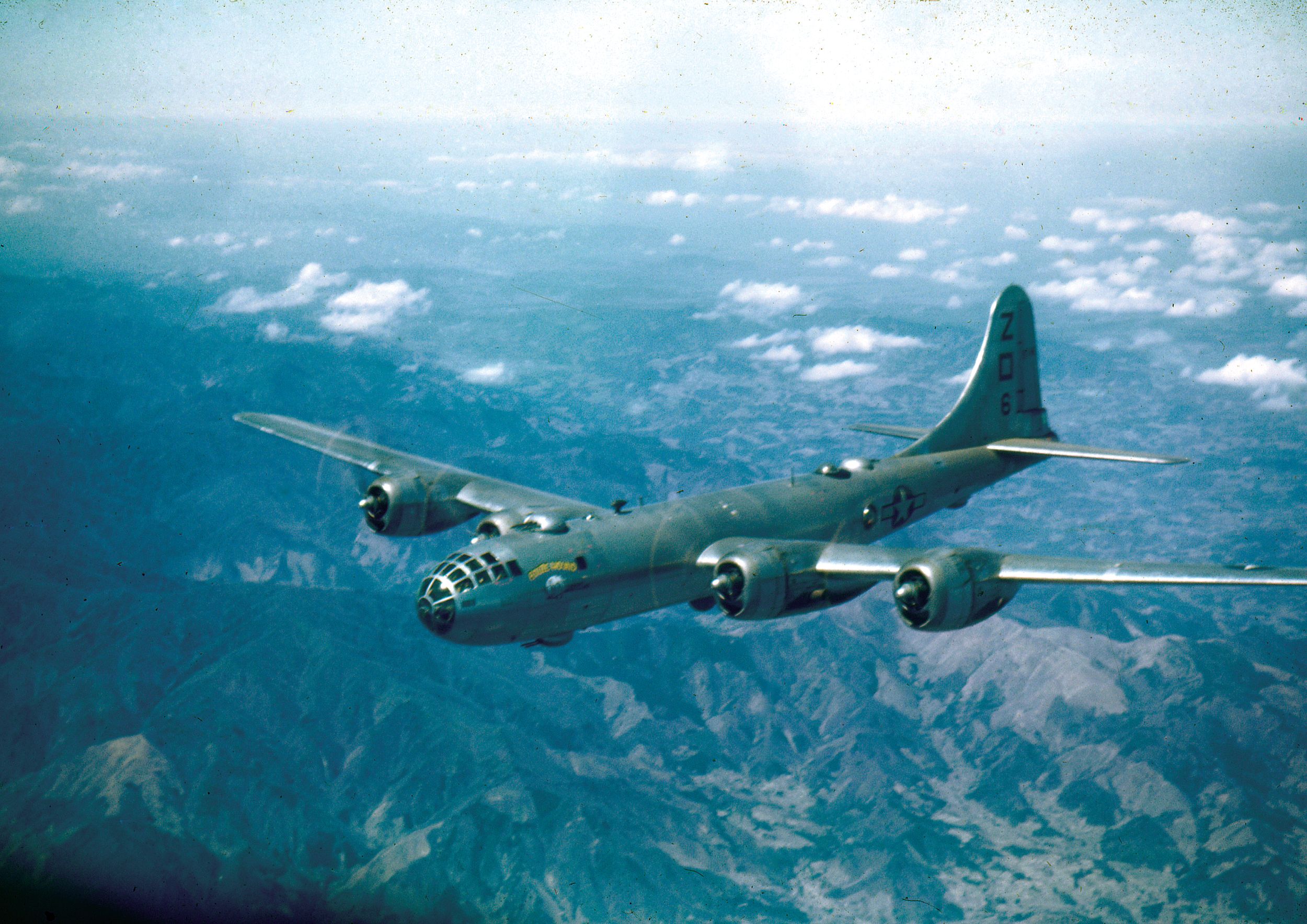
The Air Corps was a statutory organization that was established by a Congressional act authorizing the Army to have an air force as a combat arm. The Army Air Forces, on the other hand, was established by a War Department executive order and its legal authority did not extend to combat command.
The AAF role was to recruit and train personnel, to procure aircraft to equip combat groups, and to procure aircraft parts and other aviation supplies. In June 1942, Arnold established the Air Transport Command as part of the US Army Air Forces with dual responsibility for ferrying combat aircraft and providing transportation. ATC had no combat role.
As American combat groups were sent overseas, the War Department authorized the activation of theater air forces to command them. Each of the overseas air forces was part of the U.S. Army headquarters in the region.
In 1944, the AAF assumed a combat role, largely a result of Arnold’s vanity. When it was clear that the new B-29 wouldn’t be needed in Europe, Arnold came up with a scheme to place the B-29s under his personal command, a violation of War Department policy. He used his political connections to have the policy under which the AAF had been established waived and activated Twentieth Air Force in Washington, DC, under his command. Arnold retained command of the Twentieth Air Force until the spring of 1945 when it transferred to Guam. With the exception of the four regional air forces in the United States and Twentieth Air Force, all of the numbered air forces were under theater commanders. In 1944, two air forces were organized to command theater air forces, the U.S. Strategic Air Forces in Europe and Far East Air Forces. The USSTAF was organized to command Eighth and Fifteenth Air Forces in an offensive against Germany. FEAF was organized under MacArthur to command Fifth and Thirteenth Air Forces; Seventh Air Force was added when Pacific forces were reorganized.
The Army Air Forces did not replace the Army Air Corps even though the office of Chief of the Air Corps was not filled and, for all practical purposes, was eliminated. Air Corps responsibilities of training and supply were carried out by offices reporting to the Air Staff. New officers were commissioned into the Air Corps and technicians were enlisted. They wore the Air Corps patch and the Air Corps insignia.
The AAF drew heavily on the Air Corps for personnel, but it also included personnel from other branches such as the Medical Corps, the Signal Corps, Intelligence, and the Corps of Engineers. Although they reported to the Air Staff, all Air Corps functions continued through the various departments of the Army Air Forces. The Air Corps ceased to exist on September 17, 1947, when the United States Air Force was activated in the new Department of Defense.
Sam McGowan is a pilot and veteran of the U.S. Air Force. He has written frequently for WWII History over the years and resides in Missouri City, Texas.
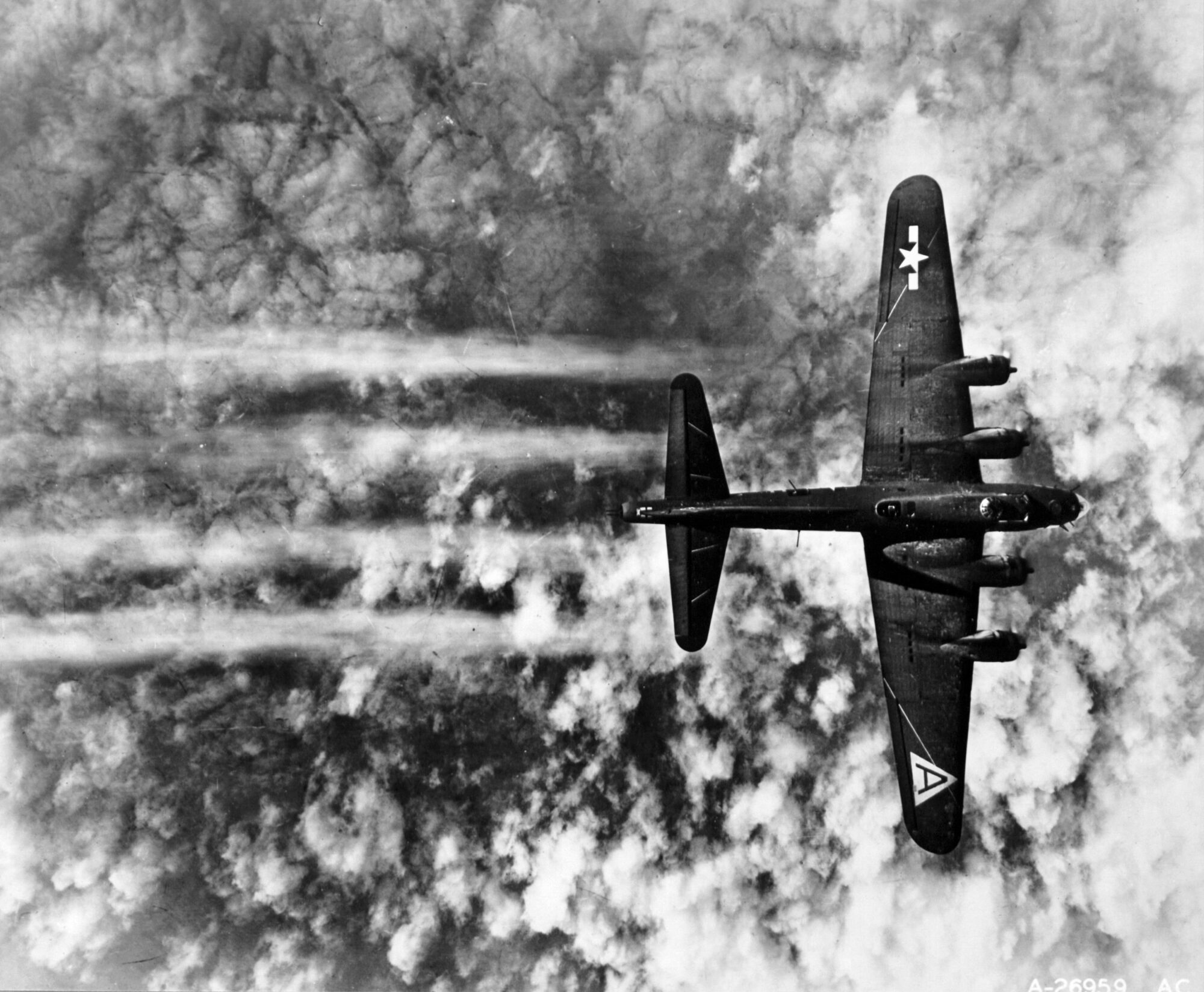
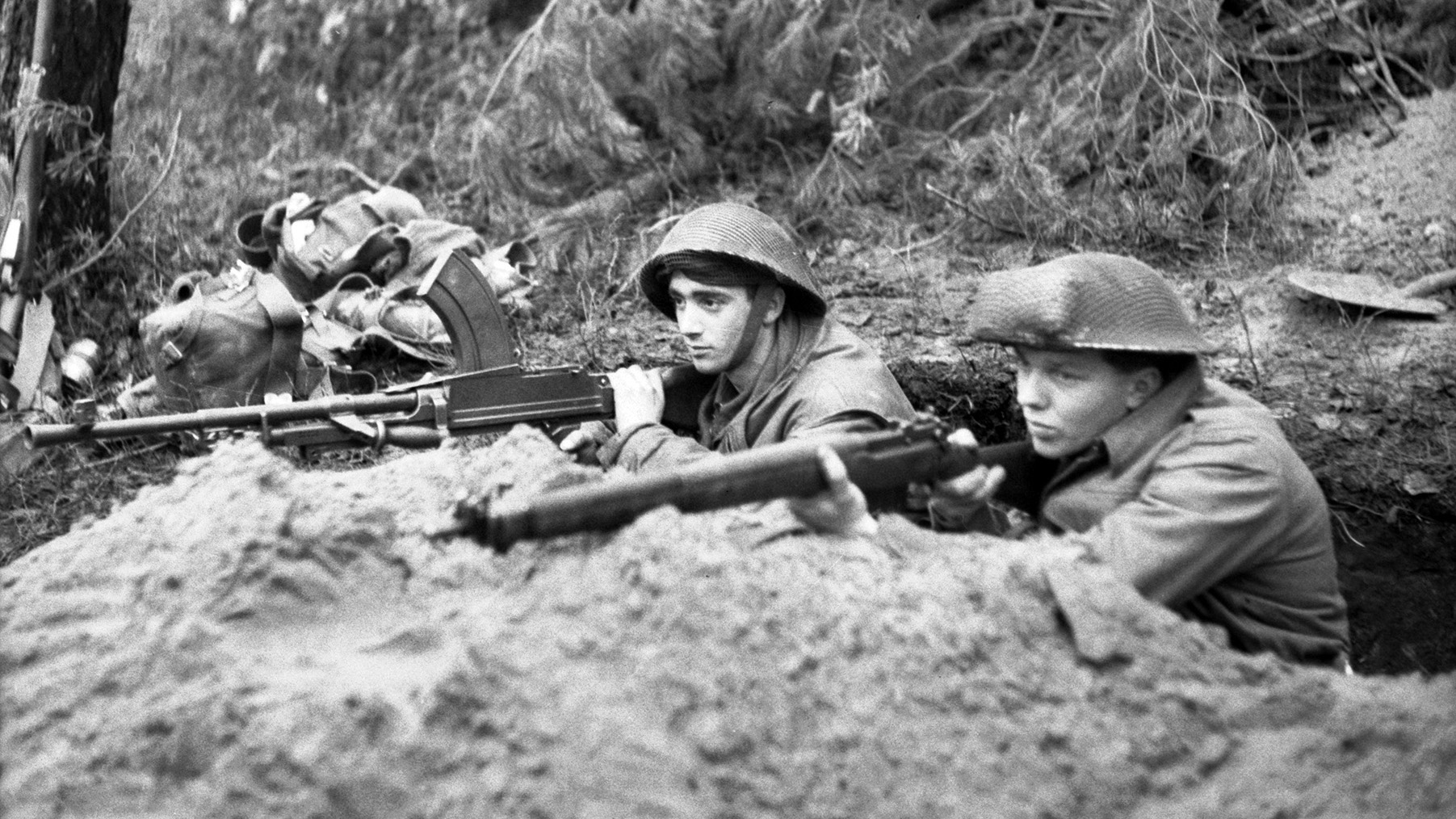
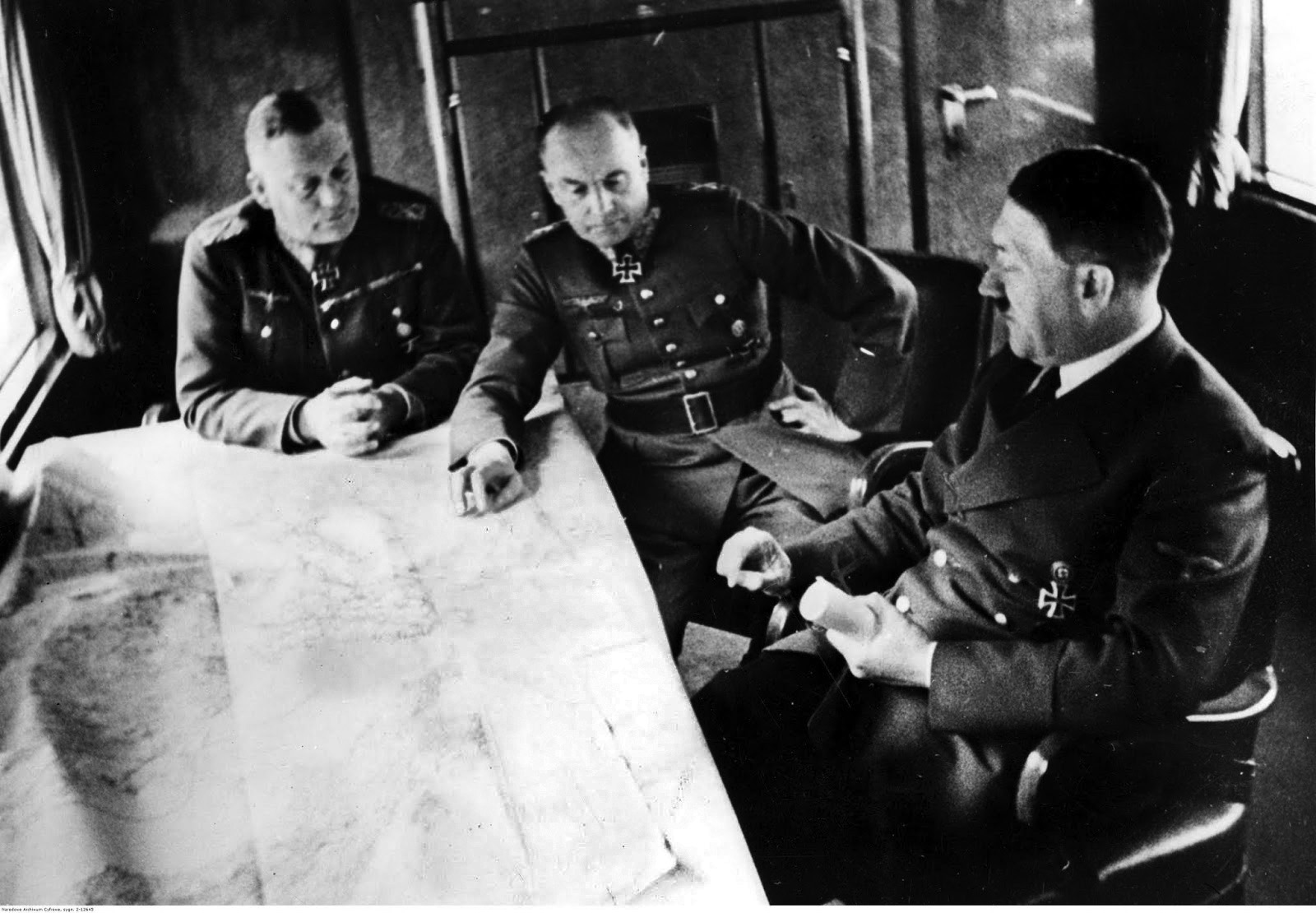
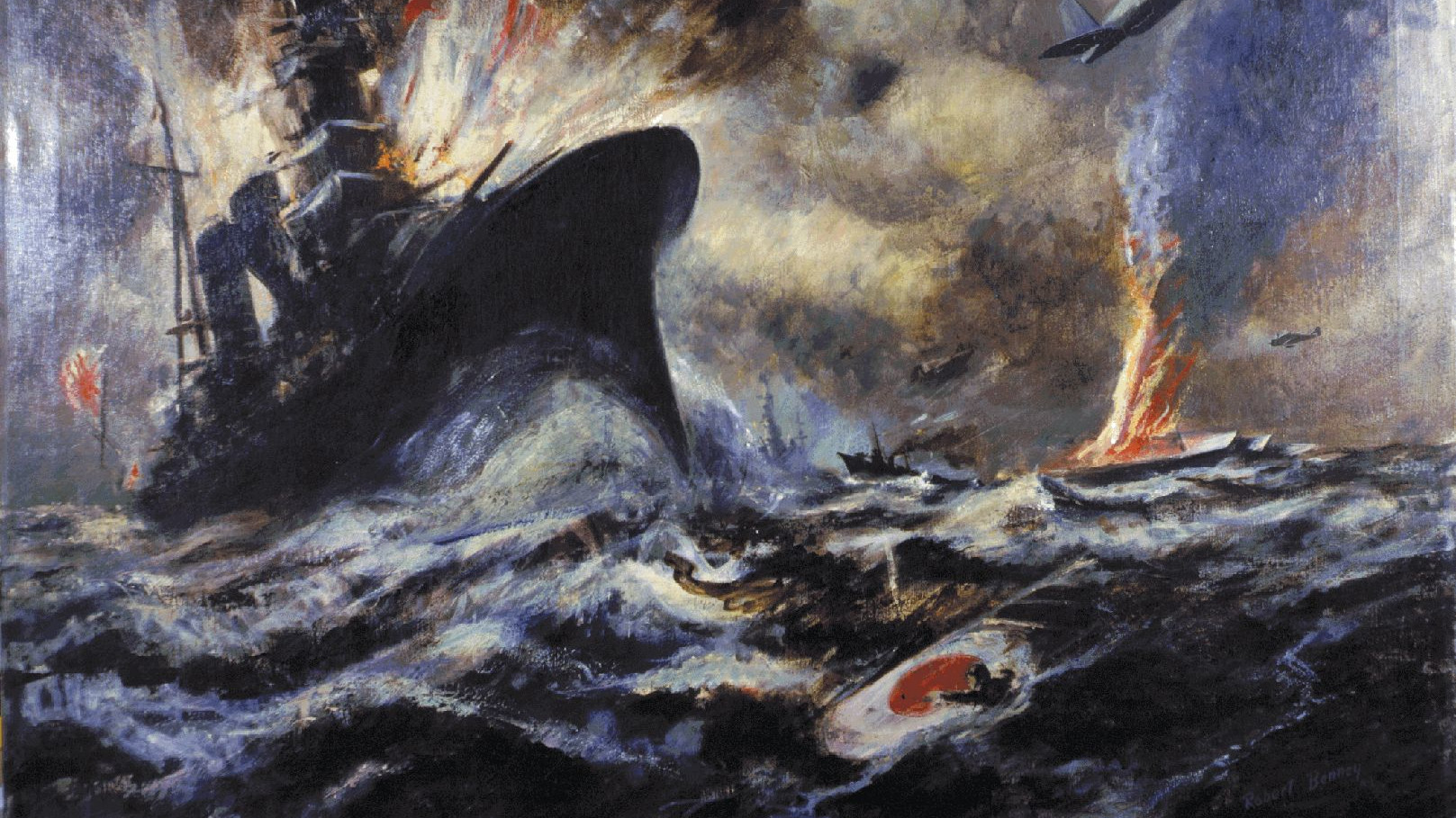
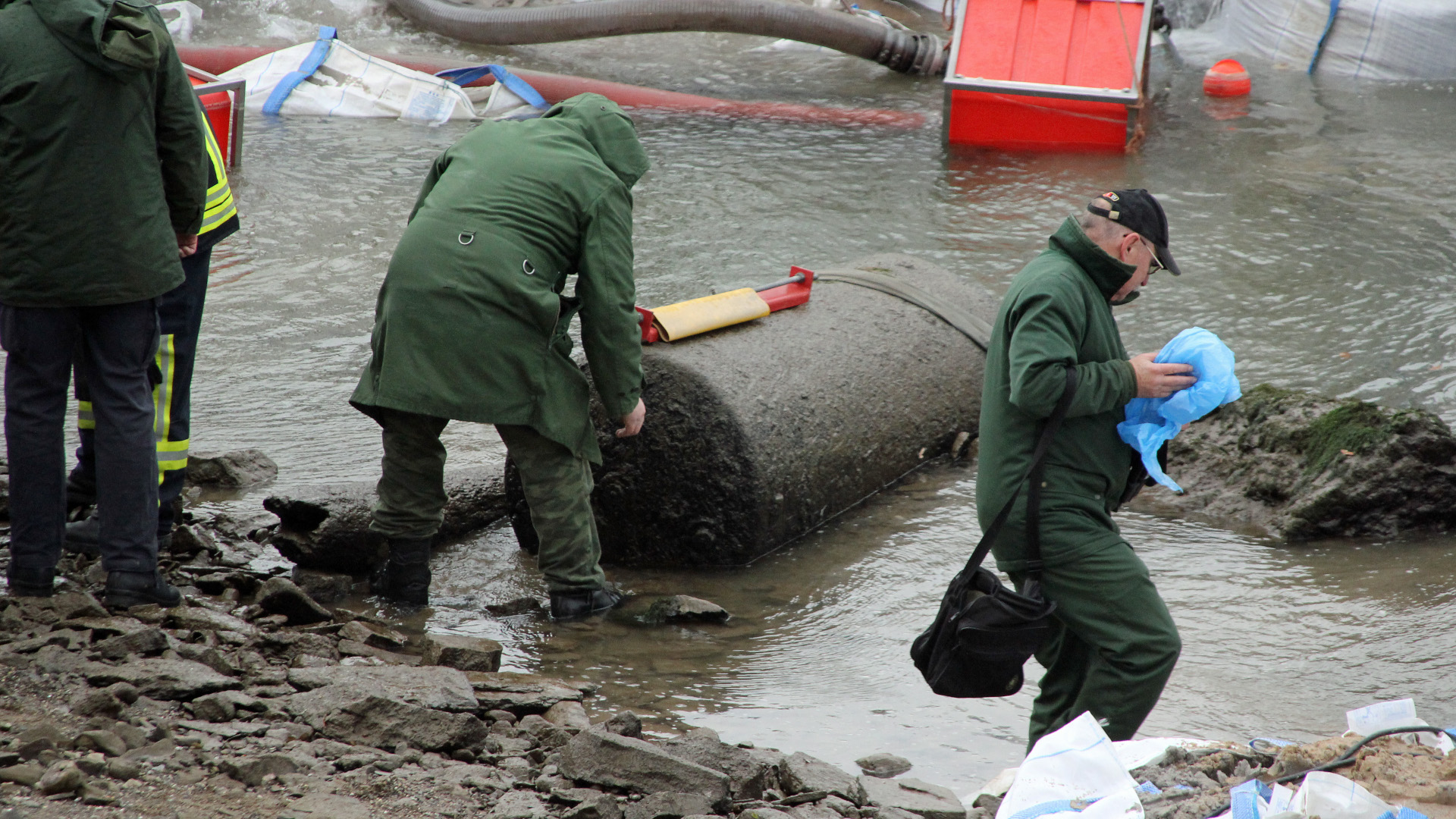
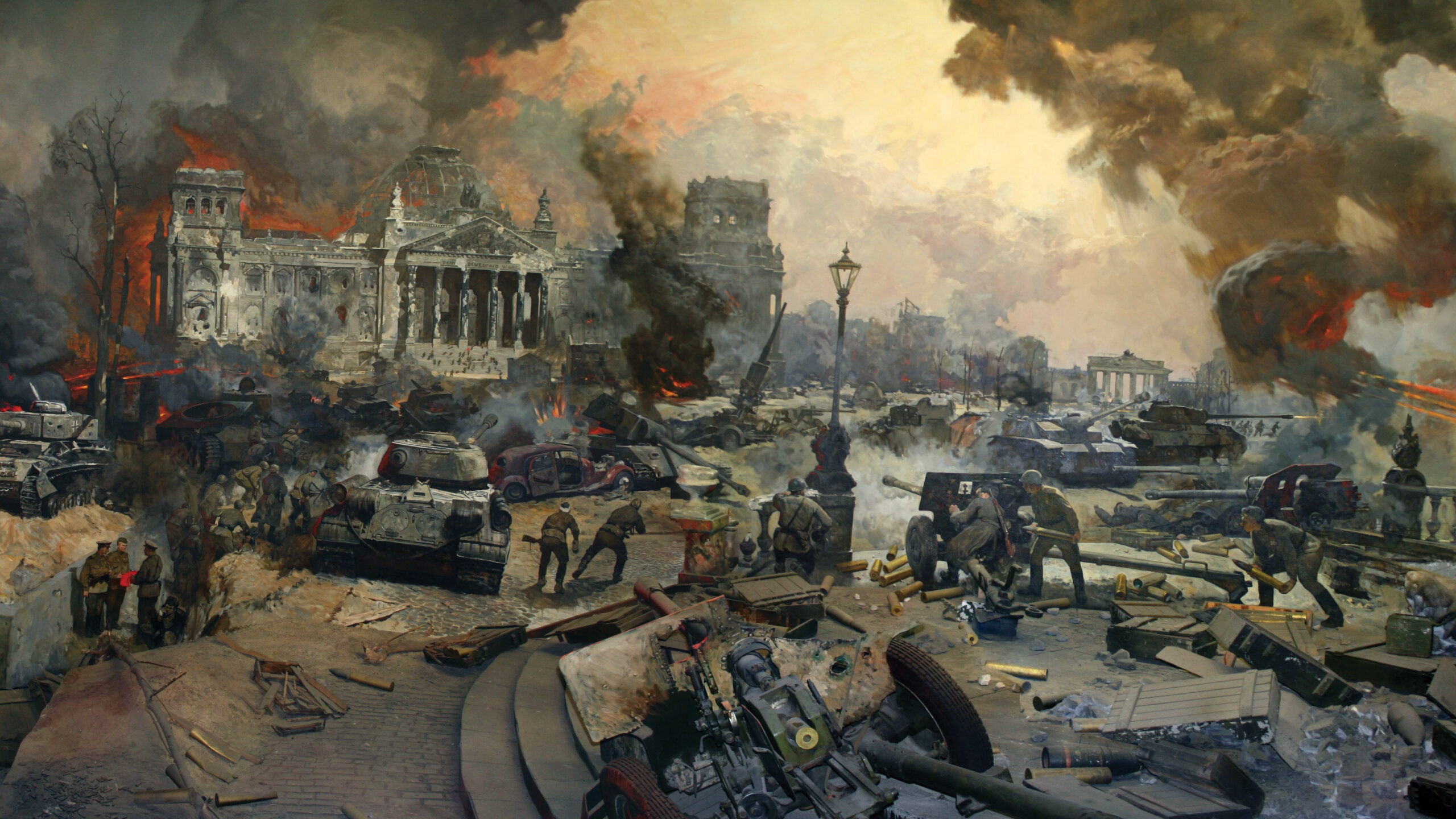
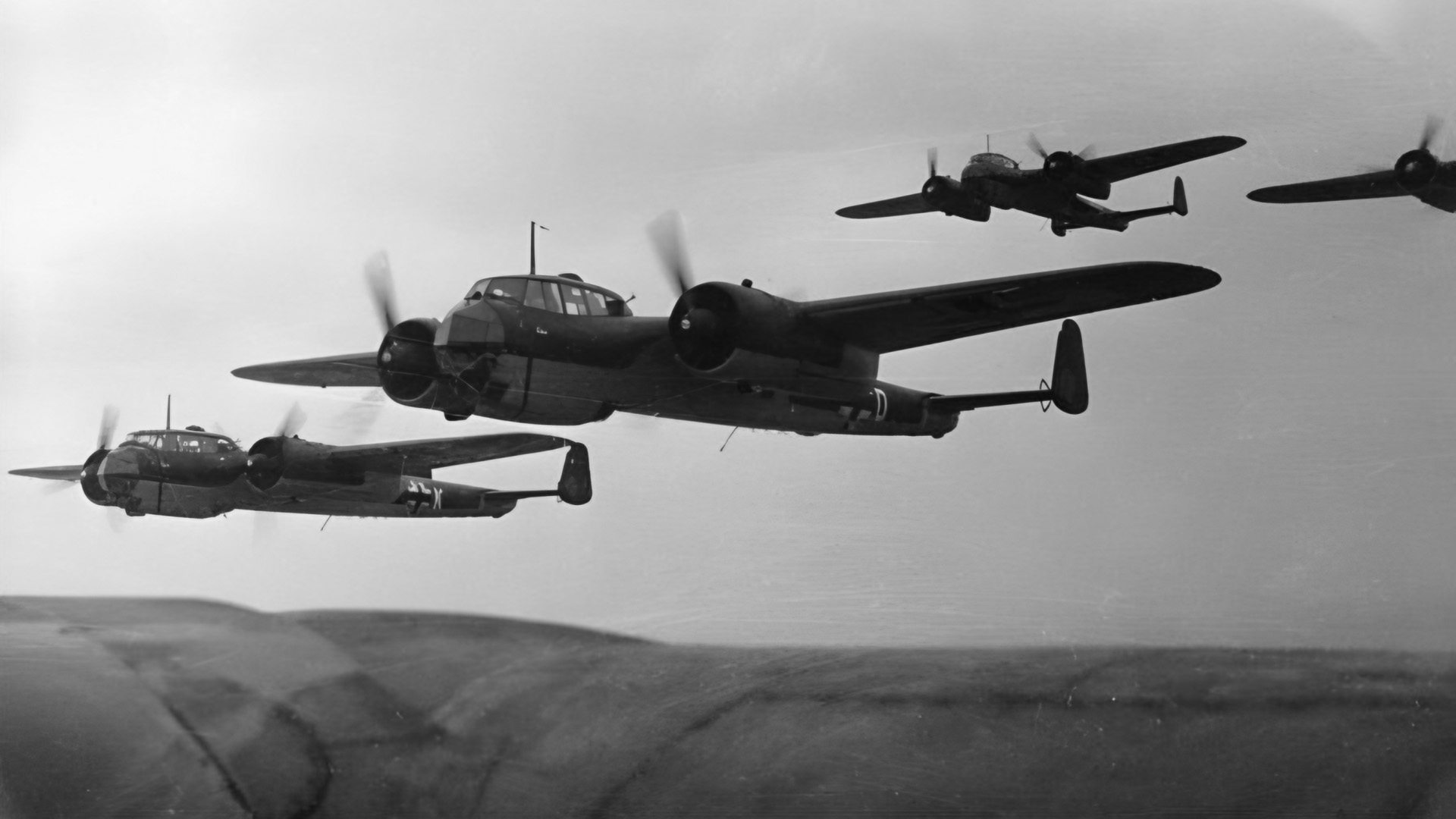
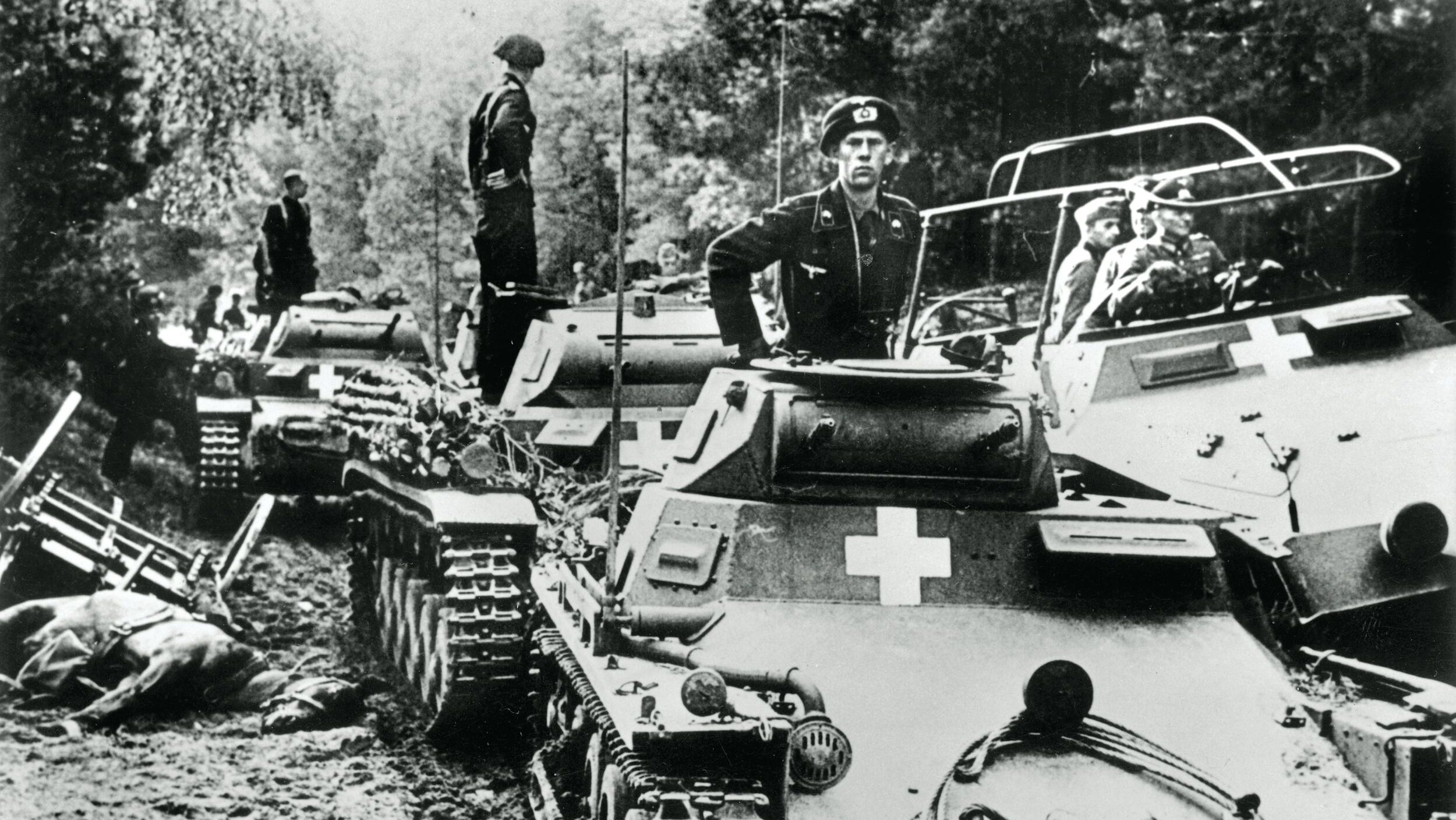
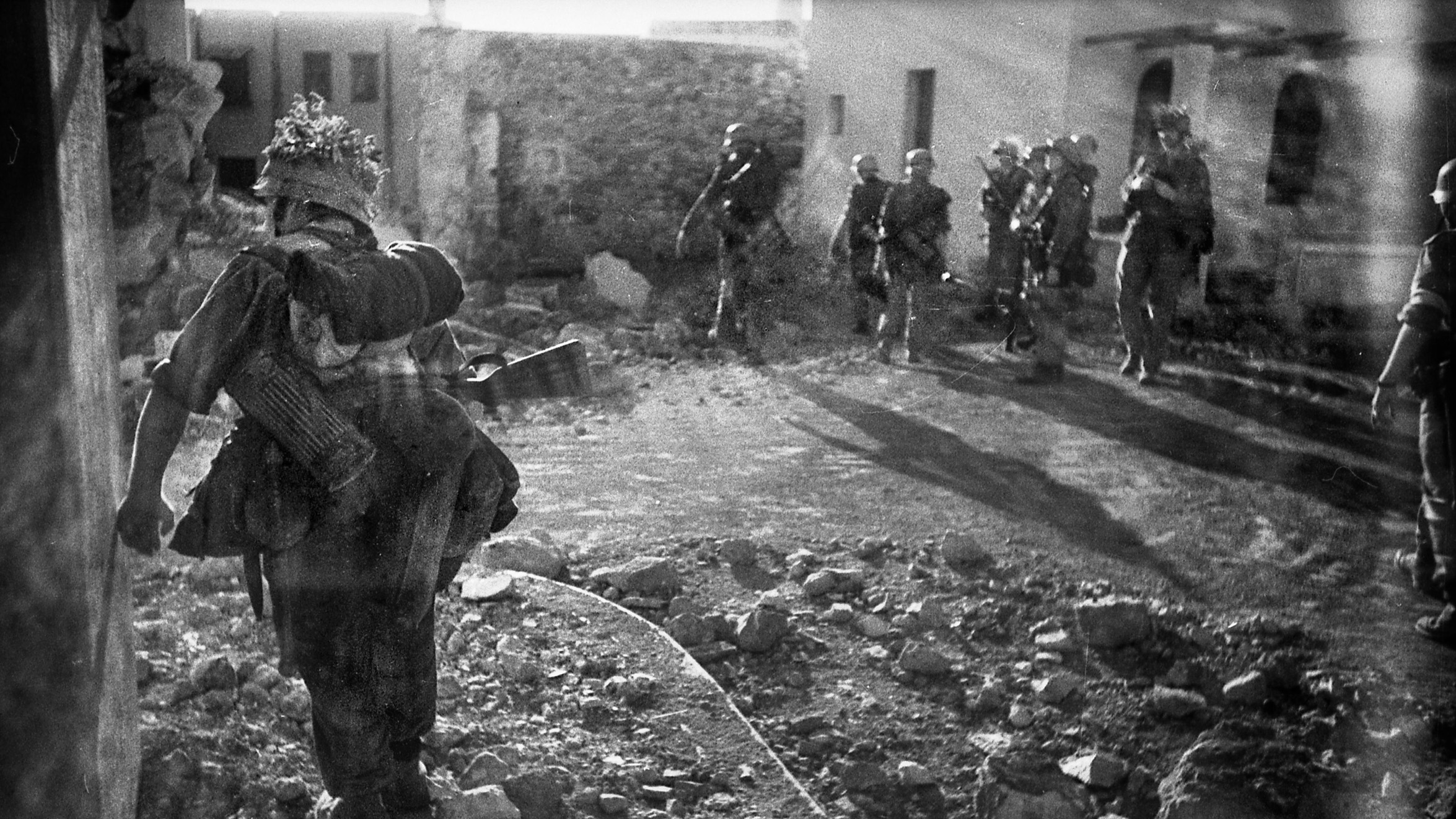
Join The Conversation
Comments
View All Comments